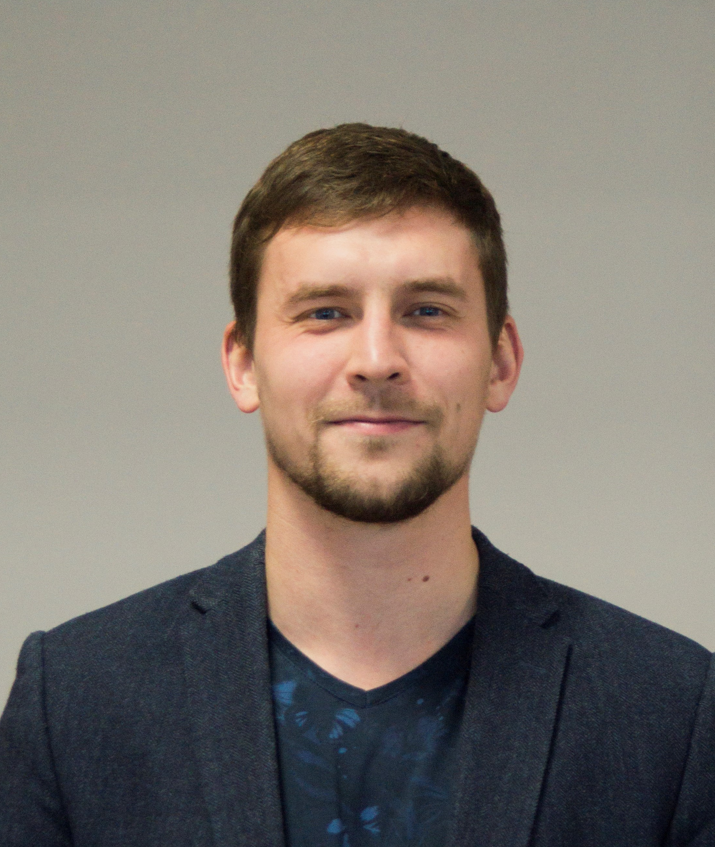You are here :
Published on February 18, 2022– Updated on March 7, 2022
Anvar FARKHUTDINOV

Bashkir State University, Oufa - Republic of Russia
Visiting Scholar invited by laboratory GEC
Curriculum Vitae
Integration of geological data for flowing simulations of a geothermal field in the Paris Basin, based on the
The geothermal reservoirs of the Dogger of the Paris Bassin are currently overexploited by the presence of more than 40 geothermal doublets in operation, leading inexorably to a future reduction in the available energy within these sedimentary layers. Alternatives to these reservoirs can therefore be explored in the deeper and warmer layers of the sedimentary basin and in particular within the Upper Triassic, nowadays exploited for its oil resources. The desire of some oil companies to convert part of their concessions to geothermal energy to co-produce energy is prompting the scientific community to investigate the geothermal potential of the reservoirs and to extend the exploration areas beyond hydrocarbon prospects. As a result, and thanks to a large amount of data being studied as part of the European MEET project, the geologists at the GEC laboratory are trying to identify the most favourable areas for fluid circulation in these deep formations (2000-2500 m). The methods employed are based on rock physics and sedimentary petrography, which aim to reconstruct the evolution of rock burial and associated mineralization, while attempting to determine the role of this history on fluid flow properties. This approach is coupled with a sedimentological analysis leading to the evolution of depositional environments using the macroscopic description of well cores and available well-log records. These geological data can be used to model the flows at the scale of one or more geothermal doublets during their future exploitation according to the physical parameters of the geothermal field. Achieving such ambitions requires the use of thermo-hydrodynamic simulations to predict the thermal evolution of the reservoir following the injection of cold fluids after heat recovery. The generated models would also be used to
determine whether the mobilized flow paths are disturbed by continuous reservoir operations. In this perspective, we would like to discuss with Anvar Farkhutdinov about his research on the Khankala geothermal field, where he developed an expertise in numerical flow simulation combined with geostatistical analysis to determine the sustainability of the exploitation of water resources in siliciclastic reservoirs, with the objective of defining drilling sites. His specialty would be very useful in understanding the sedimentary system of the Paris Basin in the light of available geological data and would allow researchers in the laboratory from different disciplines (petrophysics, geophysics, geoinformatics, petrography, sedimentology, mineralogy) to interact.
Visiting Scholar invited by laboratory GEC
Curriculum Vitae
Research project
Integration of geological data for flowing simulations of a geothermal field in the Paris Basin, based on the
case-study of Khankala inTchetchene Republic.
The geothermal reservoirs of the Dogger of the Paris Bassin are currently overexploited by the presence of more than 40 geothermal doublets in operation, leading inexorably to a future reduction in the available energy within these sedimentary layers. Alternatives to these reservoirs can therefore be explored in the deeper and warmer layers of the sedimentary basin and in particular within the Upper Triassic, nowadays exploited for its oil resources. The desire of some oil companies to convert part of their concessions to geothermal energy to co-produce energy is prompting the scientific community to investigate the geothermal potential of the reservoirs and to extend the exploration areas beyond hydrocarbon prospects. As a result, and thanks to a large amount of data being studied as part of the European MEET project, the geologists at the GEC laboratory are trying to identify the most favourable areas for fluid circulation in these deep formations (2000-2500 m). The methods employed are based on rock physics and sedimentary petrography, which aim to reconstruct the evolution of rock burial and associated mineralization, while attempting to determine the role of this history on fluid flow properties. This approach is coupled with a sedimentological analysis leading to the evolution of depositional environments using the macroscopic description of well cores and available well-log records. These geological data can be used to model the flows at the scale of one or more geothermal doublets during their future exploitation according to the physical parameters of the geothermal field. Achieving such ambitions requires the use of thermo-hydrodynamic simulations to predict the thermal evolution of the reservoir following the injection of cold fluids after heat recovery. The generated models would also be used todetermine whether the mobilized flow paths are disturbed by continuous reservoir operations. In this perspective, we would like to discuss with Anvar Farkhutdinov about his research on the Khankala geothermal field, where he developed an expertise in numerical flow simulation combined with geostatistical analysis to determine the sustainability of the exploitation of water resources in siliciclastic reservoirs, with the objective of defining drilling sites. His specialty would be very useful in understanding the sedimentary system of the Paris Basin in the light of available geological data and would allow researchers in the laboratory from different disciplines (petrophysics, geophysics, geoinformatics, petrography, sedimentology, mineralogy) to interact.


